Table of content
- Huijiang Fish (Huijiang Yú 徽江鱼)
- Anqing Stuffed Buns (Anqing Xiǎolóngbāo 安庆小笼包)
- Anqing Bean Jelly (Anqing Lǜdòu Fěn ān 安庆绿豆粉)
- Stewed Chicken with Ham and Bamboo Shoots (Huǒtuǐ Zhēng Jī 火腿蒸鸡)
- Anqing Fried Dough Twists (Anqing Máhuà 安庆麻花)
- Sesame Paste Noodles (Zhīma Jiàng Miàn 芝麻酱面)
- Soy Milk and Deep-Fried Dough Sticks (Dòujiāng Yóutiáo 豆浆油条)
Anqing, a city nestled in the southwestern corner of China’s Anhui Province, is a place where history, culture, and cuisine intertwine to create a unique gastronomic identity. Often overshadowed by its more famous neighbors like Shanghai and Hangzhou, Anqing boasts a rich culinary heritage that reflects its geographic diversity—from the Yangtze River’s bounty to the lush hills of the Dabie Mountains. This article delves into the heart of Anqing’s cuisine, uncovering the stories, ingredients, and techniques that define its most beloved dishes. Whether you’re a food enthusiast planning a trip or a curious reader seeking cultural insights, Anqing’s culinary landscape offers a fascinating glimpse into China’s regional cooking traditions.
The Essence of Anqing Cuisine
Anqing’s cuisine, part of the broader Anhui culinary tradition (one of China’s “Eight Great Traditions”), emphasizes freshness, simplicity, and respect for seasonal ingredients. Unlike the bold spices of Sichuan or the sweetness of Jiangsu, Anhui cooking relies on subtle flavors, meticulous preparation, and a deep connection to nature. The region’s humid climate and fertile land yield abundant produce, including river fish, bamboo shoots, mushrooms, and tea leaves, all of which play starring roles in local dishes.
Anqing’s chefs often use traditional cooking methods like stewing (慢炖), braising (红烧), and steaming (蒸) to preserve the natural tastes of ingredients. This approach results in dishes that are comforting yet refined, with layers of flavor that unfold with each bite. The philosophy behind Anqing’s cuisine mirrors the city’s history—a blend of resilience and elegance, shaped by its role as a former provincial capital and a hub for scholars and artists.
Iconic Dishes of Anqing
Huijiang Fish (Huijiang Yú 徽江鱼)
No exploration of Anqing’s cuisine is complete without mentioning Huijiang Fish, a dish that pays homage to the Yangtze River. Named after the Huijiang section of the river near Anqing, this dish features freshwater fish like carp or mandarin fish, prepared with a light yet flavorful broth. The fish is typically simmered with ginger, spring onions, and a dash of soy sauce, allowing its delicate flesh to absorb the aromatic essence of the ingredients.
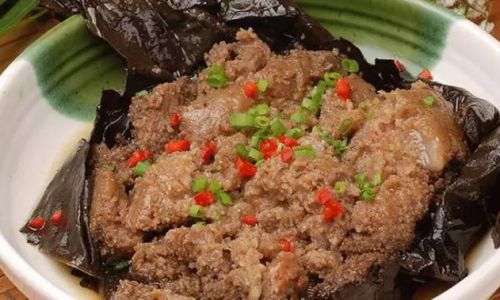
What sets Huijiang Fish apart is its emphasis on texture and freshness. Local chefs often use live fish caught early in the morning, ensuring peak flavor. The dish is served whole, symbolizing completeness and prosperity in Chinese culture, making it a staple at banquets and family gatherings.
Anqing Stuffed Buns (Anqing Xiǎolóngbāo 安庆小笼包)
While xiǎolóngbāo (steamed buns) are famous worldwide, Anqing’s version offers a distinct twist. Unlike the soup-filled buns of Shanghai, Anqing’s xiǎolóngbāo are filled with a savory mixture of minced pork, bamboo shoots, and mushrooms, seasoned with soy sauce, sesame oil, and a hint of sugar. The dough is thin and slightly chewy, providing a satisfying contrast to the hearty filling.
These buns are typically enjoyed for breakfast or as a snack, paired with a bowl of soy milk or pickled vegetables. The secret to their flavor lies in the balance of ingredients—the pork adds richness, while the bamboo shoots and mushrooms contribute a refreshing crunch.
Anqing Bean Jelly (Anqing Lǜdòu Fěn ān 安庆绿豆粉)
Lǜdòu fěn (mung bean jelly) is a beloved street food across China, but Anqing’s iteration stands out for its texture and seasoning. Made by grinding dried mung beans into a powder, mixing it with water, and steaming the mixture until it solidifies, the jelly is then cut into thin strips and served chilled.
What makes Anqing’s version special is the spicy sauce that accompanies it. The sauce combines chili oil, garlic, vinegar, and crushed peanuts, creating a tangy, numbing, and savory explosion. Vendors often add chopped cilantro, pickled vegetables, and a sprinkle of sesame seeds for extra complexity. During summer, lǜdòu fěn is a refreshing antidote to the heat, while in winter, it can be served warm with a drizzle of sesame paste.
Stewed Chicken with Ham and Bamboo Shoots (Huǒtuǐ Zhēng Jī 火腿蒸鸡)
This dish exemplifies Anqing’s mastery of stewing and layering flavors. A whole chicken is stuffed with cured ham, fresh bamboo shoots, and goji berries, then steamed slowly until the meat falls off the bone. The ham imparts a salty-sweet richness, while the bamboo shoots add a bright, earthy note. The goji berries provide a subtle sweetness and a pop of color.
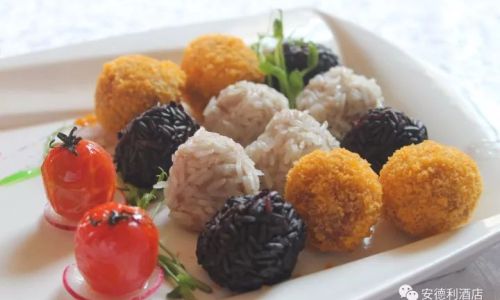
Huǒtuǐ zhēng jī is often reserved for special occasions, as it requires time and precision. The result is a harmonious blend of textures and tastes, with the broth doubling as a flavorful soup to be enjoyed with rice.
Anqing Fried Dough Twists (Anqing Máhuà 安庆麻花)
Máhuà (fried dough twists) are a quintessential Chinese snack, but Anqing’s take on this treat is legendary. Made from a dough of flour, water, and a pinch of salt, the twists are deep-fried until golden and crispy. What sets them apart is the addition of black sesame seeds and maltose syrup, which caramelize during frying, creating a sweet-salty crunch.
Sold by street vendors and in local markets, Anqing máhuà are often enjoyed with tea or as a midday snack. The dough’s lightness and the sesame’s nutty aroma make them addictively delicious.
Breakfast Culture in Anqing
Anqing’s breakfast scene is a vibrant tapestry of flavors and textures, reflecting the city’s pragmatic yet joyful approach to food.
Sesame Paste Noodles (Zhīma Jiàng Miàn 芝麻酱面)
A staple of Anqing’s morning routine, zhīma jiàng miàn features thick wheat noodles tossed in a rich sesame paste sauce. The sauce is made by grinding toasted sesame seeds into a smooth paste, then mixing it with soy sauce, vinegar, and a touch of chili oil. The noodles are topped with chopped cucumbers, bean sprouts, and a sprinkle of crushed peanuts.
The dish’s appeal lies in its balance of creaminess and freshness. The sesame paste provides a nutty richness, while the vegetables add a refreshing crunch. It’s a hearty yet energizing way to start the day.
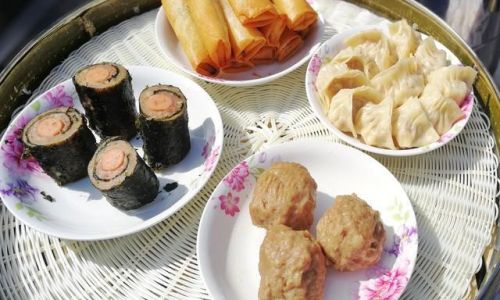
Soy Milk and Deep-Fried Dough Sticks (Dòujiāng Yóutiáo 豆浆油条)
Like many Chinese cities, Anqing has its own version of this classic breakfast duo. The soy milk here is often unsweetened and slightly salty, served piping hot in a bowl. The yóutiáo (deep-fried dough sticks) are crispy on the outside and fluffy inside, perfect for dipping into the soy milk.
What makes Anqing’s dòujiāng yóutiáo unique is the you tiao itself—lighter and less greasy than some variations, with a delicate crunch that complements the soy milk’s earthy flavor.
Anqing’s Tea Culture
No discussion of Anqing’s cuisine is complete without mentioning its tea traditions. The region is renowned for Keemun black tea (Qímén Hóngchá 祁门红茶), one of China’s most famous teas. Grown in the misty hills surrounding Anqing, Keemun tea has a distinctive floral aroma and a malty sweetness, with notes of dried fruit and cocoa.
In Anqing, tea is not just a beverage—it’s a ritual. Locals often serve tea in delicate porcelain cups, paired with snacks like máhuà or lǜdòu fěn. The act of brewing and sharing tea is seen as a way to foster connection and reflect on life’s simple pleasures.
The Influence of Geography and History
Anqing’s cuisine is shaped by its geography. The Yangtze River provides abundant freshwater fish, while the surrounding mountains offer wild mushrooms, bamboo shoots, and herbs. The region’s humid subtropical climate also influences cooking methods—stewing and braising help tenderize tougher cuts of meat and infuse dishes with deep flavor.
Historically, Anqing was a strategic hub during the Ming and Qing dynasties, attracting scholars, merchants, and officials. This influx of people brought new ingredients and techniques, enriching the local culinary scene. Today, traces of this history remain in dishes like Huijiang Fish, which was once served to imperial envoys.
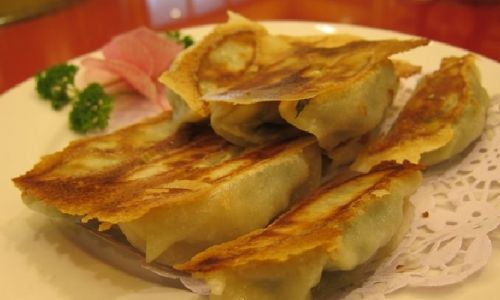
Preserving Tradition in a Modern World
Like many Chinese cities, Anqing is grappling with the tension between tradition and modernity. Fast-food chains and globalized tastes threaten to overshadow regional specialties, but many locals remain committed to preserving their culinary heritage.
Efforts to document and promote Anqing’s cuisine include cooking classes, food festivals, and social media campaigns showcasing local dishes. Chefs are also experimenting with modern twists—such as Huijiang Fish tacos or máhuà ice cream—to attract younger audiences while honoring tradition.
Conclusion
Anqing’s cuisine is a testament to the city’s resilience, creativity, and deep respect for nature. From the humble lǜdòu fěn to the ceremonial Huijiang Fish, each dish tells a story of land, history, and community. Whether you’re savoring a bowl of sesame paste noodles at a bustling breakfast stall or sipping Keemun tea in a tranquil teahouse, Anqing’s food invites you to slow down, savor the moment, and appreciate the artistry of simplicity.
In a world where culinary trends come and go, Anqing’s timeless flavors remain a beacon of authenticity—a reminder that true gastronomic pleasure lies not in complexity, but in the harmony of ingredients, the skill of the cook, and the joy of sharing a meal with those you cherish.
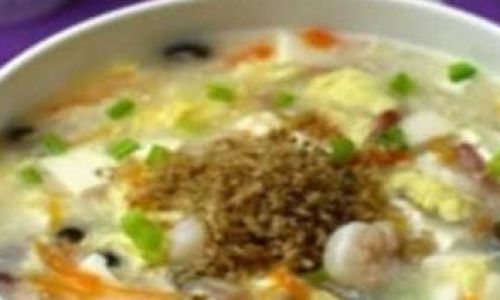
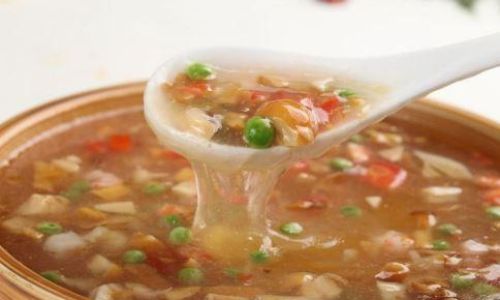
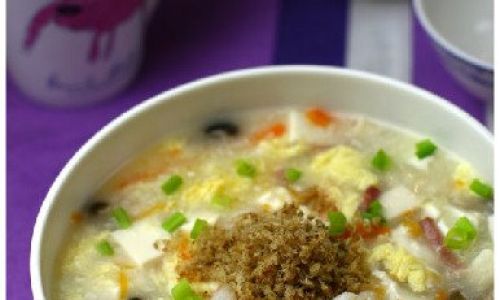
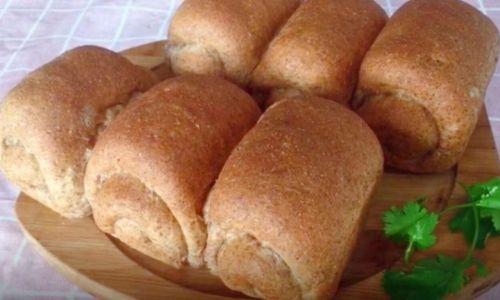

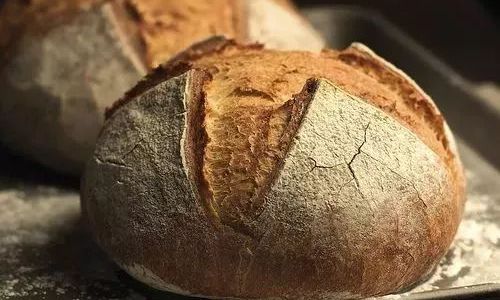
0 comments